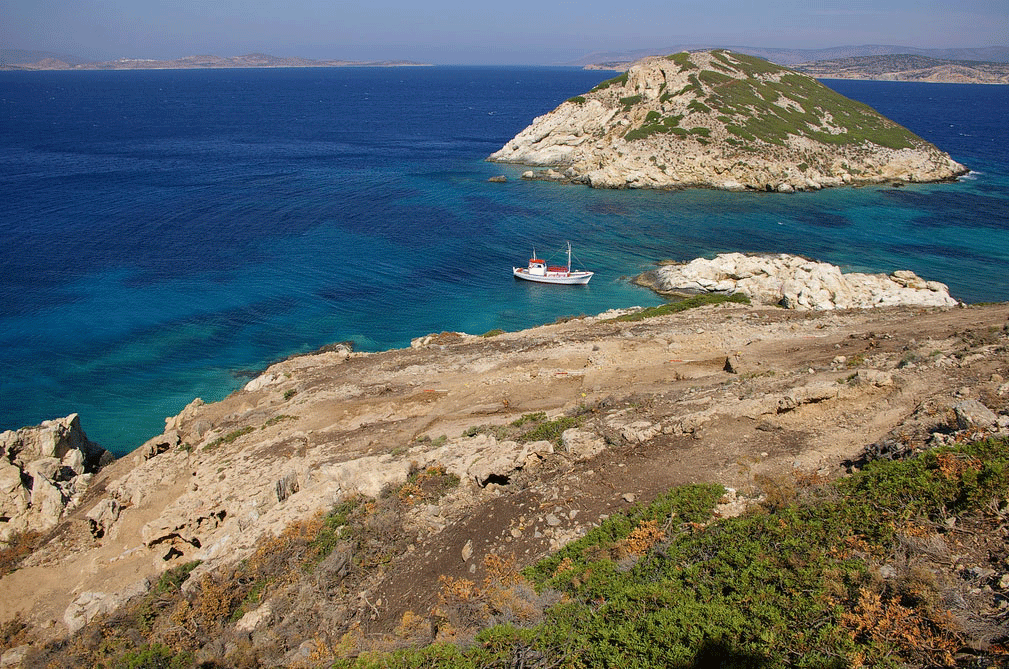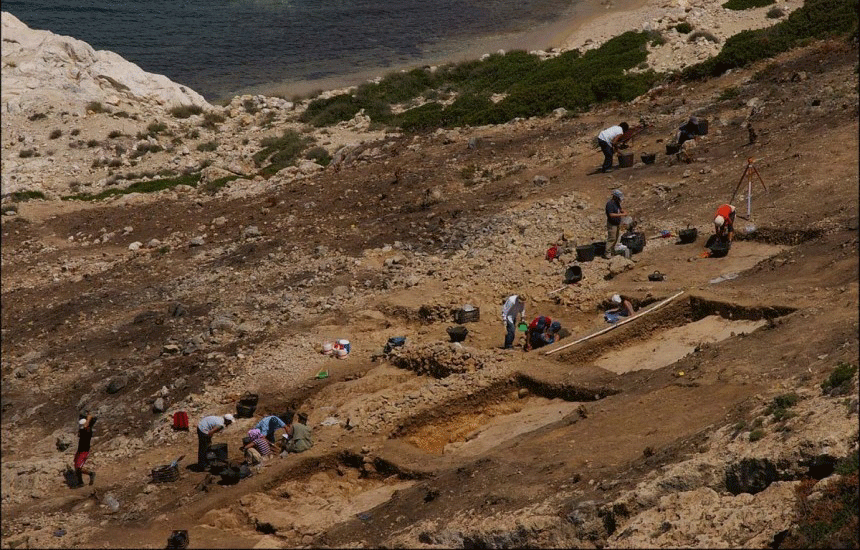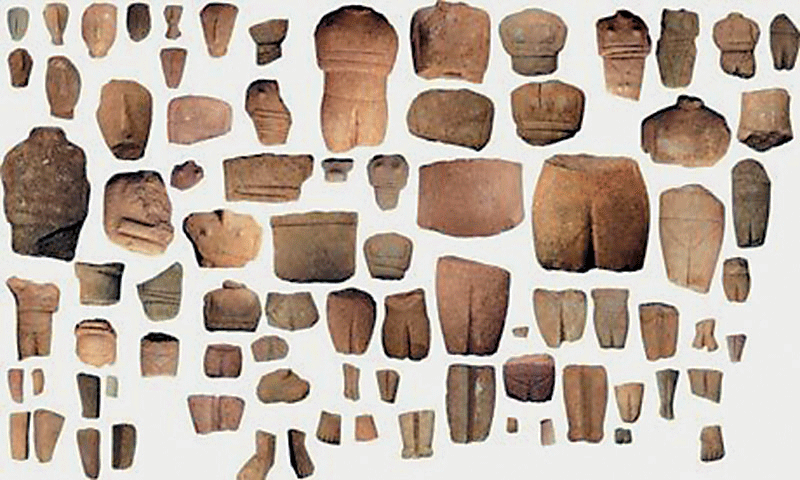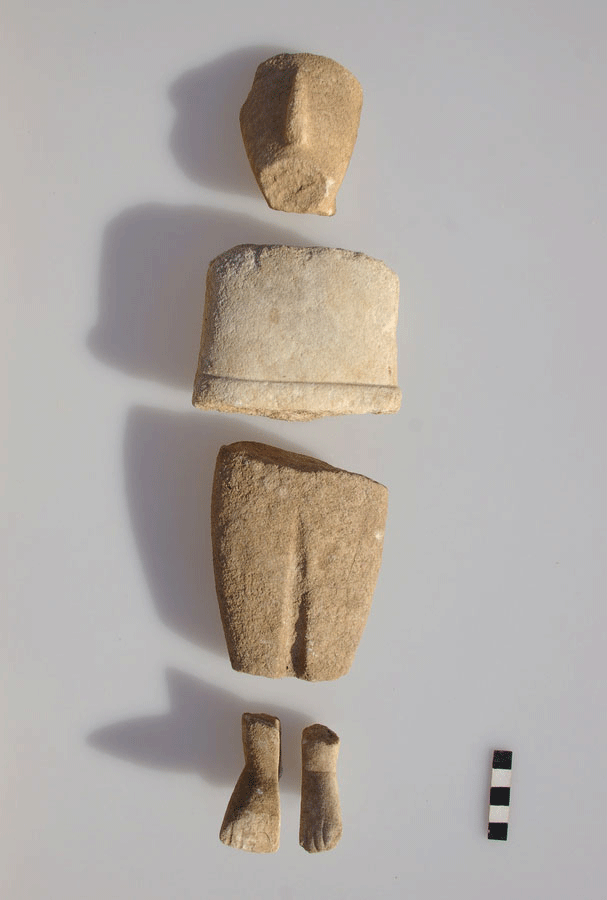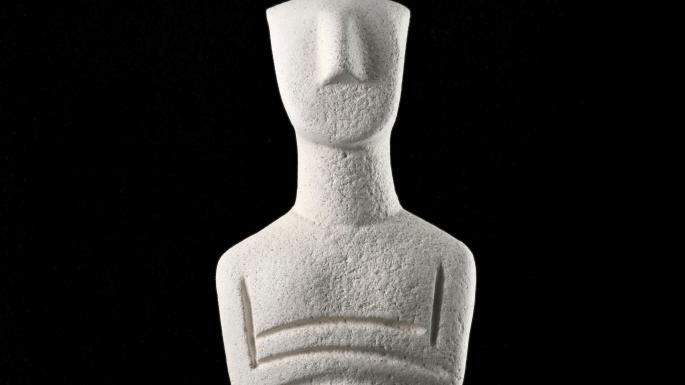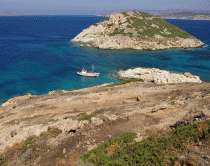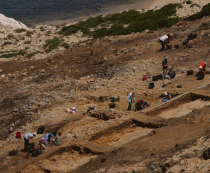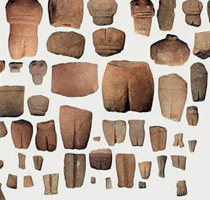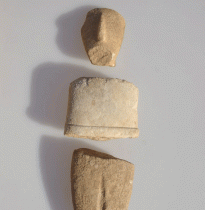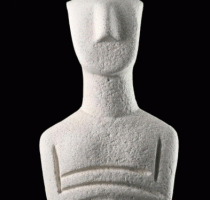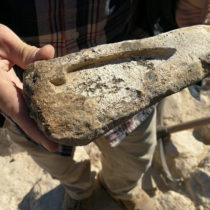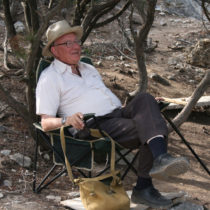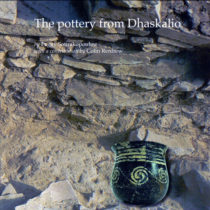Archaeologists have discovered an ancient staircase and causeway linking two parts of the site on the Greek island of Keros, in the Cyclades. The new discovery establishes the significant role the site had in antiquity.
The discovery was made at the site of Dhaskalio Kavos, a rocky islet off the shore. The causeway, which is now submerged, would join Kavos, a hillside on the shore, with Dhaskalio. At the steep slope at Kavos, where one end of the causeway would be, archaeologists have found a stairway, mounting the hillside. The stairway was probably used to reach the area of ‘ritual deposits’, a place where hundreds of fragments of marble and pottery items have been found. The artefacts these fragments derive from were already broken when they reached the site, since no matching items have been found, leading archaeologists to the conclusion that the place was probably some sort of depository for this kind of broken cups, bowls and statuettes. The lack of debris from breakage at the site also confirms that the fragments arrived at Kavos from elsewhere already broken.
Keros island is uninhabited and is located in the southern Cyclades. It was probably considered a sacred place and the broken items were deposited there after a ceremony on Dhaskalio. The staircase which has now been discovered dates to the same period of ritual activity, judging from the dating of the fragments, that is 2750-2550BC stretching to about the next 150 years. The stairway consists of large limestone treads, flanked by broad balustrades.
Professor Colin Renfrew and Dr Michael Boyd said that the structures at the northern end of Dhaskalio were constructed with stone transferred from Naxos, a larger and more central island about 6 miles away, an incredible task for the time. The stone-structure at the top of Dhaskalio, the remains of which are 52 feet long, is the most impressive public building of the Cyclades in the Bronze Age with nothing similar in the wider Aegean. The new findings further support the approach that there were ritual practices special to the settlement on Dhaskalio, with its monumental structures, as well as the importance of Keros as an Aegean Bronze Age sanctuary, with its deposits.
Therefore it was the most important ritual centre in the Cyclades 500 years earlier than any other in the prehistoric Aegean, as professor Renfrew said.
